Coleman Miners’ Hospital 100 Years Apart
This time we’re in the Crowsnest Pass of Alberta and our subject for this comparison, albeit off in the distance, is the former Coleman Miners’ Hospital. It and the hill in back are the only things visible in both images to tie the two eras together. A hundred years sperate the shots, and lots of change has happened here since, yet there’s an almost timeless quality to the scene.
Built in 1906, the building would still be a familiar form to someone from the old days and any change over the years has not altered the outside appearance that much. It’s still recognizable from back then. Later it held offices for the local mine union and in more recent times made into centre for seniors.
Coleman Miners’ Hospital 100 Years Apart and captured from the same exact location. With Chris Doering & Connie Biggart (BIGDoer/Synd).
Be like Bonita…
They built the structure using funds provided by the United Mine Workers of America Local #2633 and on land donated by the International Coal and Coke Company, a major employer in the area. For a time the firm also provided the hospital free electricity, water and coal for heating.
The Coleman Miners’ Hospital had seventeen beds, along with a common room on the main floor. Living accommodations for the attendant nurses could be found upstairs.
Health care, at the start, was for miners and their families only, and the facility union run. This is a rare case of a hospital not under the auspices of a religious group or municipality.
“The case of a union providing medical services to its members and a community is unique and an important demonstration of local initiative in providing social services in an industrial company town.” Canada’s Historic Places.
Coleman, founded in the early 1900s, had no hospital prior and this filled a desperate need.
The facility later opened to the general public, although what year this happened is not said. It’s suspected early on, however, as there was no where else in the community one could go if sick or injured. Not everyone here in town worked in the mines. Services were fee based and either paid by the union or out of pocket. No universal health care back then!
Most health needs were day to day and the usual non-life threatening maladies are noted in historic papers. Respiratory illnesses were common among coal miners, so many cases make mention. A few babies were welcomed into the world here. No doubt a few folks beyond help left the world from these very same premises. Can you say haunted?
The Spanish Flu of the late 1910s put quite a strain on the hospital and during that time the school next door functioned as an overflow facility. Today a newer school (built 1937) occupies that land, but it no longer functions for learning and instead is home to the Crowsnest Museum.
By 1949 a large and modern replacement hospital was built in the nearby community of Blairmore. All towns in the valley sit within close proximity, so this change came with no issues. With this, the Coleman Miners’ Hospital closed and by all accounts sat empty for a time. Not only did it shutter, but so did other small hospitals in the Pass and all worked amalgamated at the new centralized location.
In the early 1950s the closed Coleman Miners’ Hospital building became the United Mine Workers of America hall. This organization represented coal miners throughout the US and in spite of the name, many in Canada too.
It’s suggests the UMWA lacked respect among the rank and file miners out this way, but all the same, still begrudgingly accepted. Think of it as sort of a love and hate relationship depending on the day or circumstances. Sort of like how most people view the government these days. One time they’re angels and the next, embezzling crooks.
While happy to collect dues in Canada, it seems the American home office cared little of the goings-on up north and only reluctantly provided support. As a token gesture. Being a US-centric organization, the Canadian branches were likely viewed as nothing more than unloved step-children. Unloved, red-haired, bastard step children.
By the time the union moved into this building coal mining in the Pass was on a decline (everywhere actually) and membership reflected this. Throughout the 1950s mine after mine closed and by the end of that decade only one or two firms remained. By the 1970s they were down to one and by early that next decade it too closed. The Pass and coal are synonymous and this ended a legacy going back about eighty years.
Research suggests the building remained union owned into recent times. Mining since the late 1960s has taken place not far west of here in the Sparwood and Elk Valley regions of BC. Perhaps it functioned as a satellite office of sorts. For those who worked at those mines (some 35-70km away) but commuted from The Pass? Or maybe it sat empty?
Where union meetings were held prior to moving to the old hospital site is not known but somewhere in Coleman is confirmed. Phone entries were found for the UMWA before the move, but don’t list an address.
For the last dozen years or so the building has functioned as a senior’s drop in centre. Perhaps some of the folks benefiting from its use now were themselves miners that belonged to the union, but we can only speculate. The mines closed long ago and any fellows left would be quite aged now.
The old Coleman Miners’ Hospital appears solid and in good condition overall. It was designated a national historic site in the mid 1980s and a plaque speaking of its history is found out near the front. Similar signs and plaques mark many historic buildings it towns up and down the valley which we’re thankful for. To the group that put them together, we send our love.
You’ll notice the windows up on the second floor were not present in the old photo. Love the trim there. The porch later got enclosed and a side entrance added, but overall it’s easily recognized as the same Coleman Miners’ Hospital seen in the original image. We understand the interior remains pretty much as built with original floors and woodwork.
The then photo comes thanks to the University of Calgary archives and is dated 1922. It appears part of a series touching on the shooting of Corporal Stephen Lawson that year who operated out of the Alberta Provincial Police building to the right of the hospital. That small cabin place right beside – you see it there?
That historic structure still exists today but now blocked from view at this angle. It can sort of be seen in one of our photos of the hospital (red walled building), but we’re saving fully showing it to you for another post. We have plans.
There’s an Emperor Pic connection in that story – he’s a famous rum runner from the Pass – and he plus his accomplice Filumena went on to hang for the shooting. It’s just too good a tale to make it a byline to this piece.
The APP office is the only other building in view here that was standing when the old capture happened and all the the others are gone as you can see. That Chum Tobacco sign! It’s possible the homes up the hill and off in the distance are still here. We didn’t investigate that possibility but it seems probable.
You’ll see the streets were of dirt and boardwalks were in place back in 1922. It seems we captured a shadow similar in shape to one in the old photo and it’s comes thanks to the same building. That’s the old Evans Boarding House built in 1909 and since the ’70s home to Chris’ Restaurant. Mmmmmmm…..breakfast and this diner our go to for such meals when indulging in the Pass.
The low ridge in behind is sure a lot more forested today than a century ago.
The last decade or so, there’s been talk of coal mining retuning to The Pass, but it looks like that may never happen. There are proven reserves waiting to be exploited and one company had taken interest in an old pit mine north of Blairmore, as its Grassy Mountain Coal Project. That’s a hot button topic and the idea met with much resistance. They’ve since moved on.
The UofC has supplied us plenty of photos their collection to use as Then & Now fodder, but we also accept images from readers. If you have a street scene like this in some old family album, we could put it to good use. Not all images work, but many do, so reach out first for details. We love doing these!
Know more: (new window): Coleman Miners’ Hospital Coleman Alberta.
They’re saying…
“Chris and Connie delve into the nooks & crannies of the Canadian Prairies. They detail interesting histories accompanied with revealing photos. Alot of information and work and the results are fantastic!” Naomi Kikoak.
Then & Nows from the area…
CPR Crowsnest Railyard (Summit Lake).
Emerald Lake & Crowsnest Mountain.
Sleepee Teepee Blairmore Alberta.
Serendipity @ The Rock (Frank Slide).
Something to say and no one to say it to? Go here: Contact Us!
Date of adventure: 1922 (original) and 2022 (Team BIGDoer).
Location: Coleman, Alberta.
Article references and thanks: Book – Crowsnest and Its People, University of Calgary Archives, Crowsnest Heritage Initiative and HistoricPlaces.ca
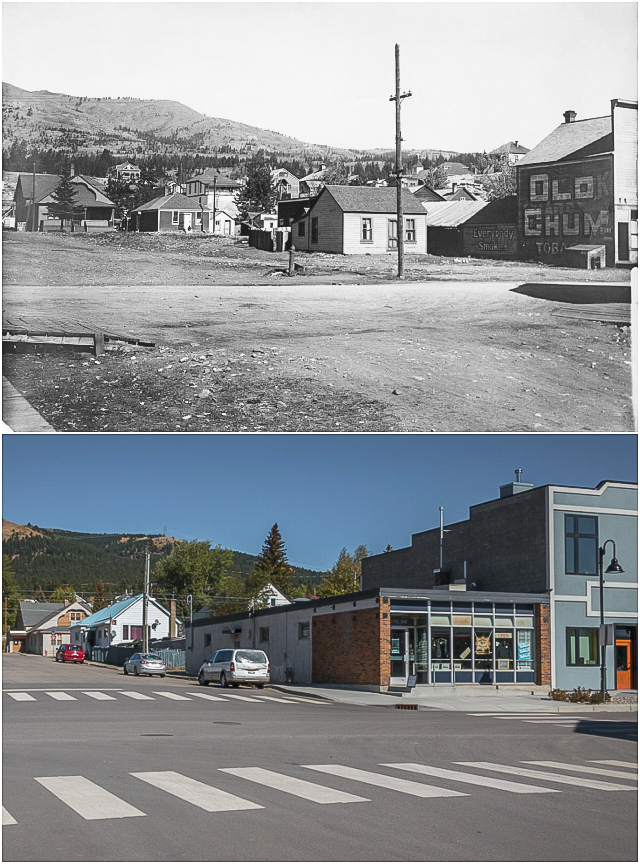
The same view in Coleman Alberta 100 years apart.
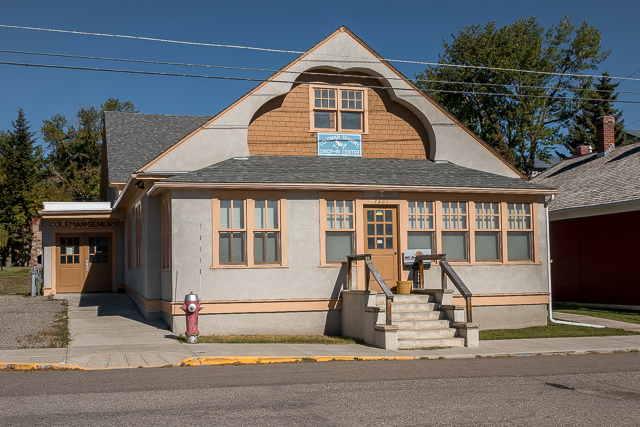
The former Coleman Miners’ Hospital is seen in both photos.
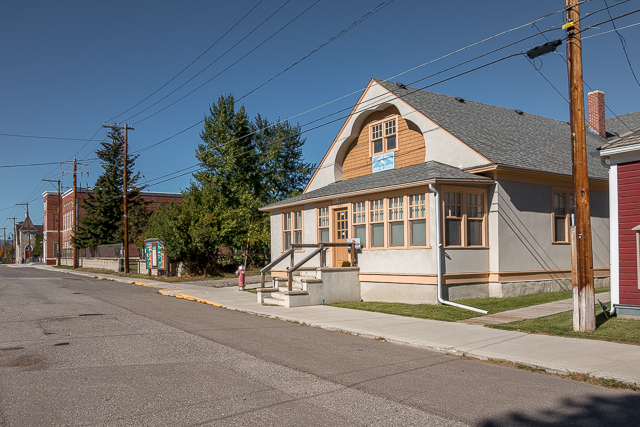
Later a union office and now a senior’s centre – school in back is a museum.
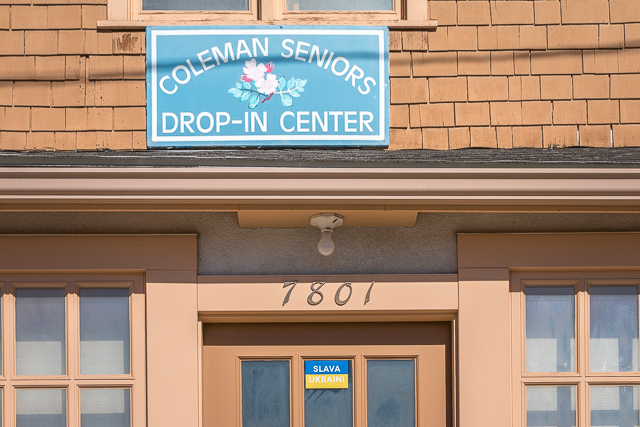
The structure dates back to 1906.
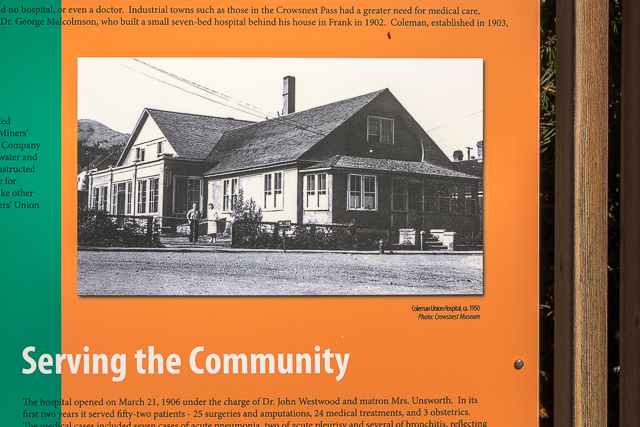
A nearby plaque touches on its history.

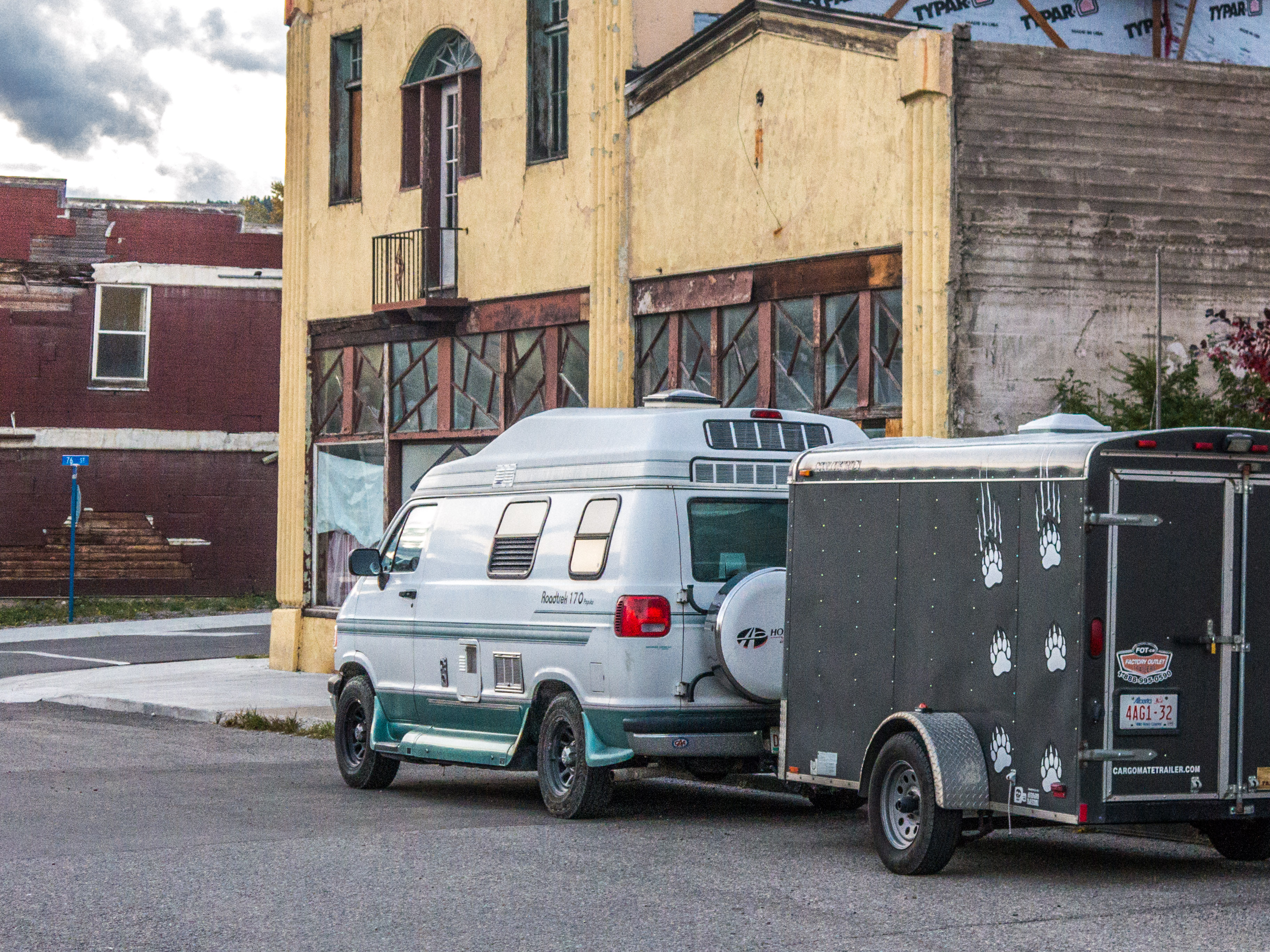
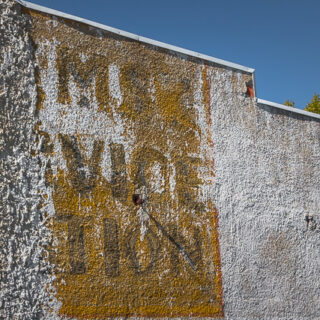
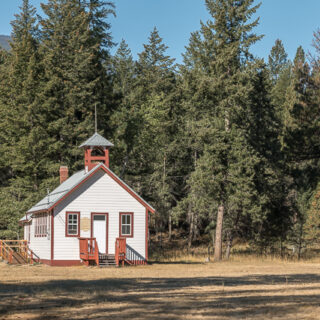
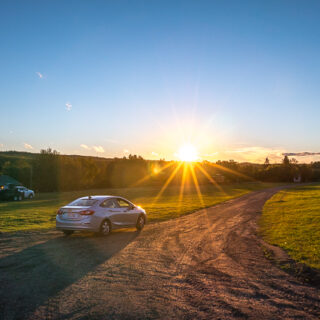
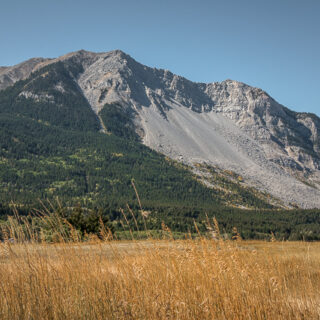
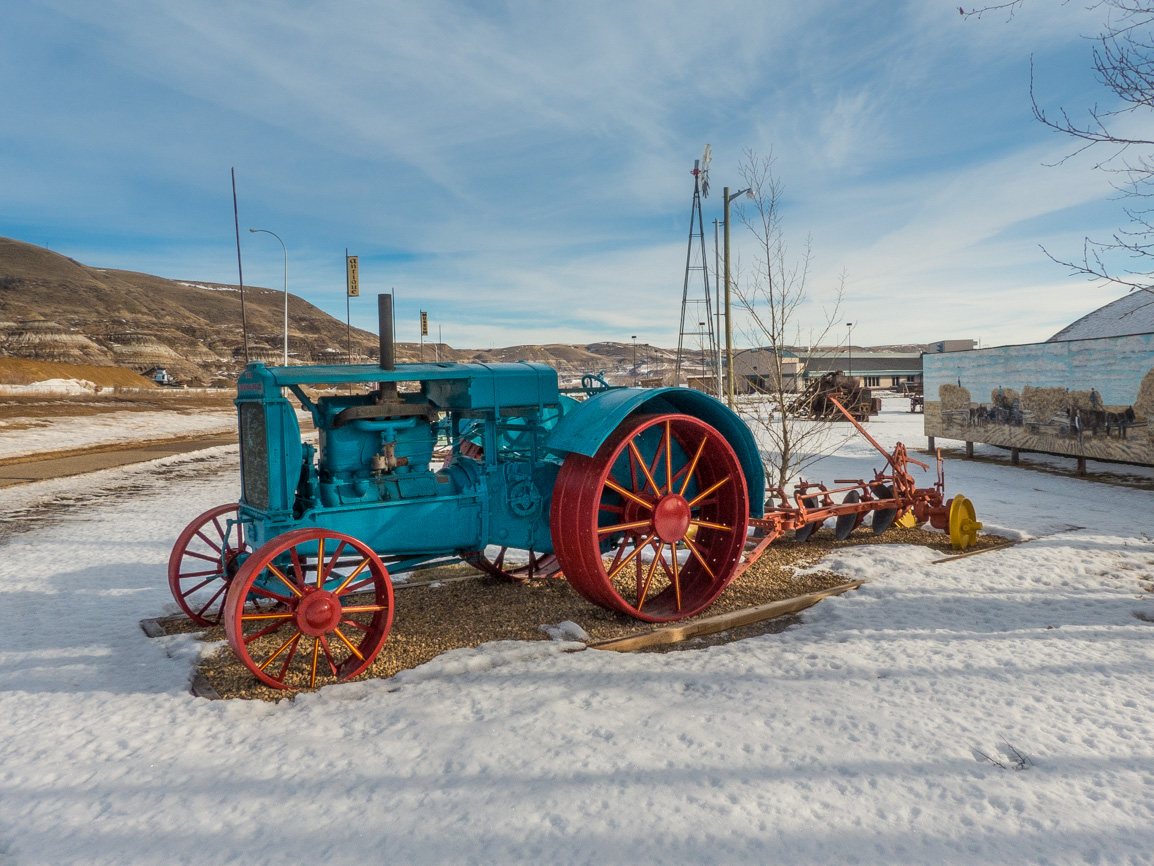
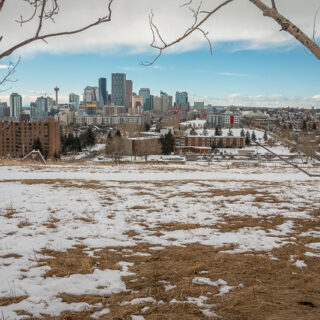
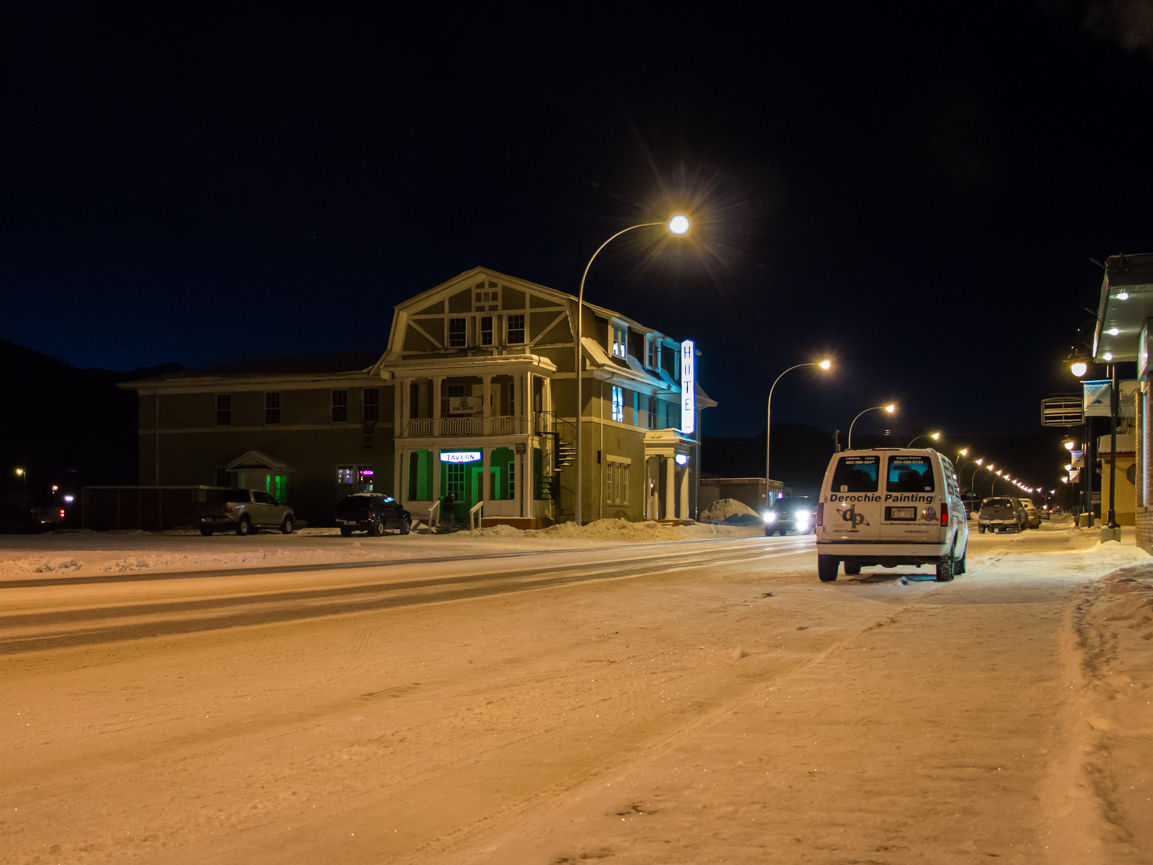
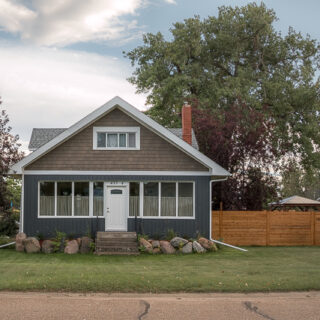
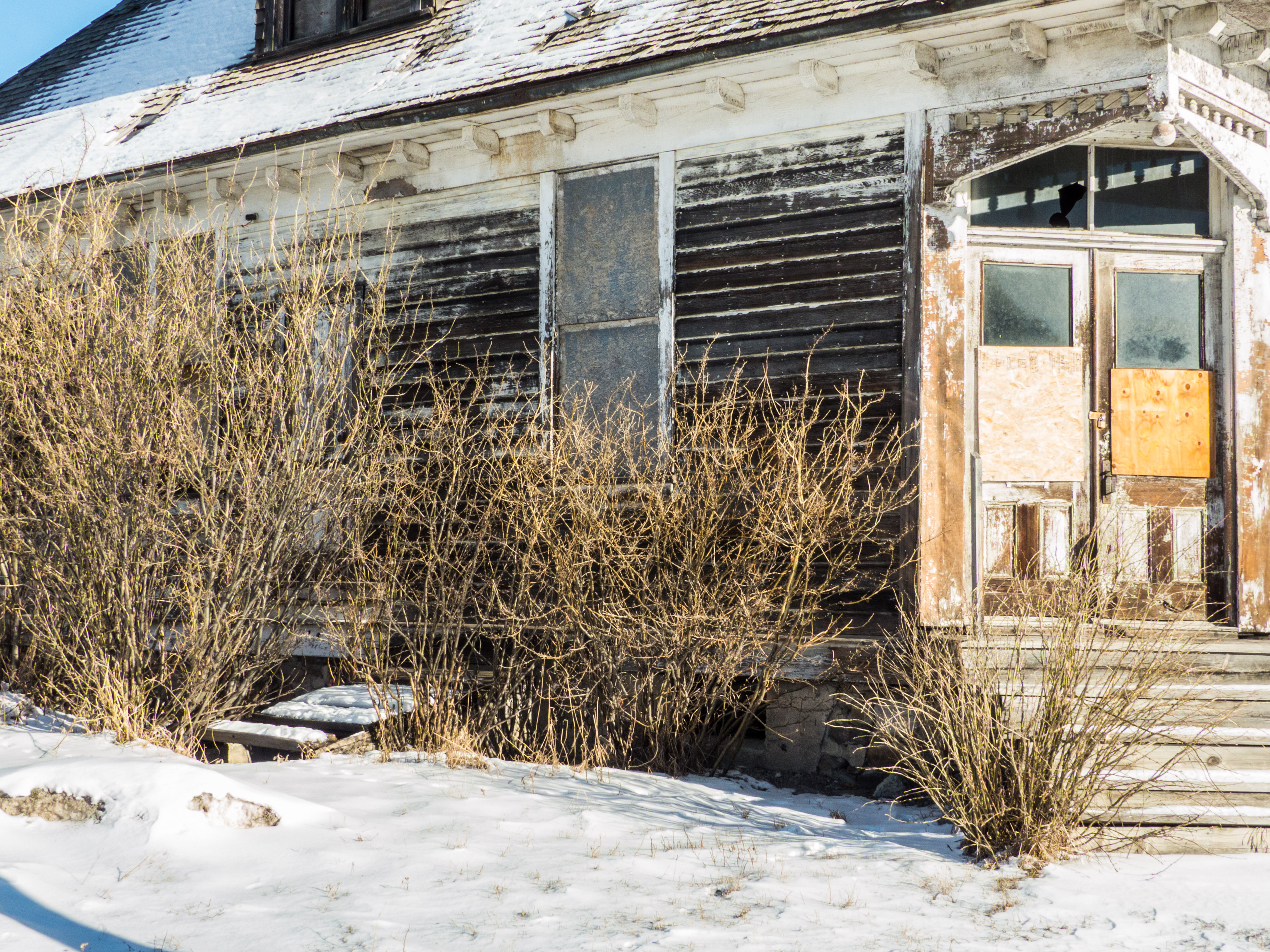
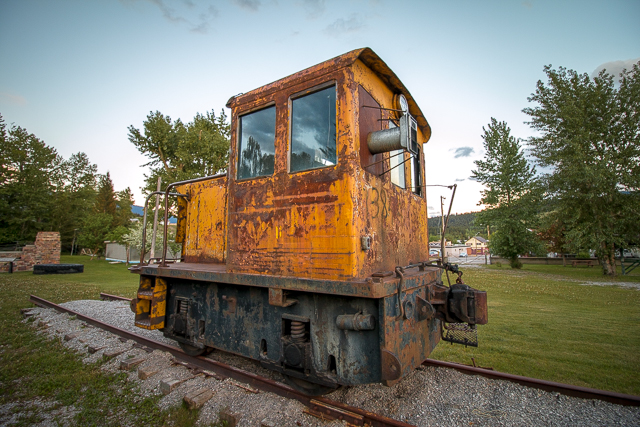
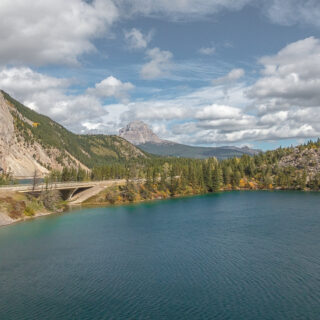







Comments are currently turned off